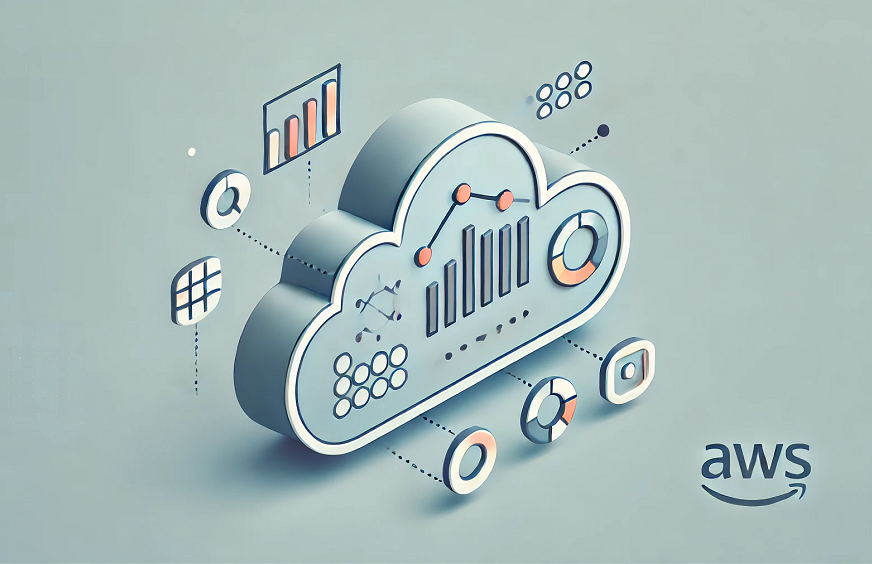AWS has become one of the most popular cloud services worldwide, allowing companies of all sizes to access computing resources, storage, and advanced tools to improve their operations. However, to make the most of this platform, it is essential to optimize the AWS environment. Optimization not only helps reduce costs but also enhances performance and security within the cloud environment.
Tips to Optimize the AWS Environment
To optimize the AWS environment, companies need to take steps that improve resource usage and reduce unnecessary expenses. Here are some practical tips:
- Deactivate Inactive Resources: After tests or temporary projects, it’s common for instances, databases, or storage volumes to remain unused. Regularly reviewing and eliminating these resources is a key step to getting the best results with AWS.
- Use Auto Scaling: AWS offers auto-scaling options that allow you to adjust resources based on current needs. This is ideal for handling demand spikes without maintaining unnecessary resources during off-peak times.
- Optimize S3 Storage: AWS S3 allows for the storage of large volumes of data, but there are optimized storage configurations that can reduce costs. Reviewing retention policies and selecting the right storage class helps achieve this.
- Leverage Reserved or Savings Instances: For applications with consistent use, AWS Reserved or Savings Plans allow for cost reduction compared to on-demand usage.
Expert Advice to Optimize the AWS Environment
To effectively optimize the AWS environment, cloud experts recommend following these additional tips:
- Automated Monitoring: Implementing continuous monitoring systems allows for early detection of underutilized or costly resources. According to Corey Quinn, Chief Cloud Economist at Duckbill Group, “Visibility is key. Knowing where your resources are and understanding their usage enables you to act before expenses become unmanageable.” This control helps maintain an optimized environment without requiring IT teams to manually oversee each resource.
- Regular Review and Optimization: Experts recommend regularly reviewing AWS configurations, especially in rapidly evolving environments. Optimization is not a one-time process but a continuous one, particularly as business needs and workloads change. Simon Wardley, technology researcher at Leading Edge Forum, notes: “The cloud is dynamic, and our management of it must be as well. An environment optimized today may not be tomorrow. This is why continuous monitoring and regular reviews are essential.”
How Cloud-Trim Can Help
Cloud-Trim is a free tool that greatly simplifies the process to optimize the AWS environment. With its detailed and continuous analysis, Cloud-Trim can identify inactive resources, inefficient configurations, and unnecessary costs. Some of its advantages include:
- Detection of Inactive or Underutilized Resources: Cloud-Trim identifies instances, volumes, and databases that are incurring costs without adding value, helping to reduce unnecessary expenses.
- Configuration Analysis and Savings Recommendations: The tool offers recommendations on how to improve resource configurations to reduce costs without impacting performance, which is essential to optimize the AWS environment.
- Real-Time Visibility: Cloud-Trim enables real-time resource monitoring, facilitating proactive management and quick adaptation to the changing needs of the business.
Conclusion
Optimizing the AWS environment is a fundamental strategy for companies looking to maximize performance and reduce costs in the cloud. With optimization practices and tools like Cloud-Trim, businesses can keep their AWS environment efficient and profitable. By using Cloud-Trim, your company will have an ally to detect and eliminate excess costs, ensuring an optimized and perfectly tailored cloud environment.
If you’re interested in further improving your cloud optimization, contact Unimedia Technology, the developer of Cloud-Trim, for a personalized consultation on how to enhance your cloud strategy.
